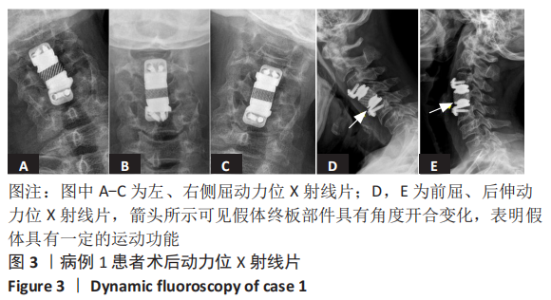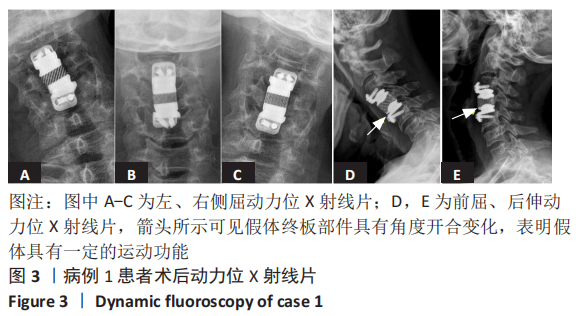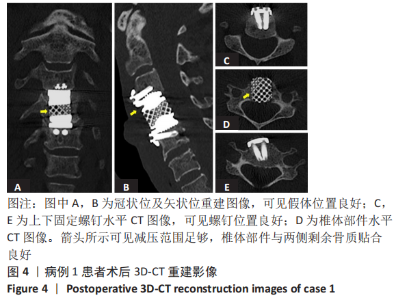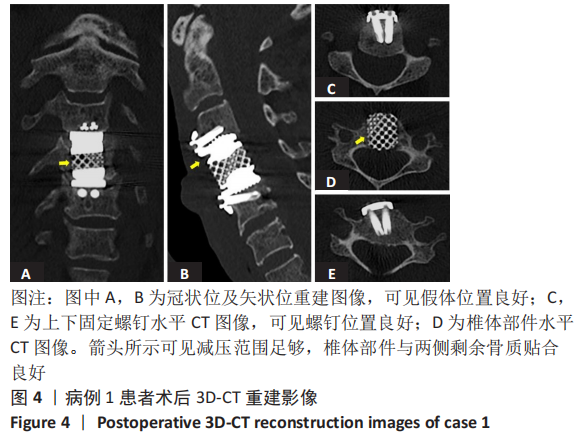Chinese Journal of Tissue Engineering Research ›› 2021, Vol. 25 ›› Issue (36): 5810-5813.doi: 10.12307/2021.347
Previous Articles Next Articles
Three-dimensional printing motion-preserving cervical joint system implantation for treatment of cervical myelopathy: the first case report
Cai Xuan1, Qin Jie1, He Xijing1, 2, Dong Jun1, Zhang Ting1, Yang Wenlong1, Wang Xiongxun2, Wang Zili2, Wang Dong1, Li Haopeng1, He Gaole1, Lu Teng1, Li Lingjiang2
- 1Department of Orthopedic Surgery, Second Affiliated Hospital of Xi’an Jiaotong University, Xi’an 710004, Shaanxi Province, China; 2Orthopedic Hospital, Xi’an International Medical Center Hospital, Xi’an 710100, Shaanxi Province, China



